Step-by-Step: Starting an AI-Powered Online Store
The world of e-commerce has exploded, with millions of people selling everything from handmade jewelry to digital downloads. But here’s the twist: AI is transforming how online stores are launched, run, and scaled.
Instead of spending weeks setting up product listings, designing graphics, or managing customer support, AI tools can handle many of these tasks for you. That means less work, lower costs, and more time to focus on growth.
In this guide, you’ll learn step by step how to start an AI-powered online store, even if you’re a complete beginner.
Step 1: Choosing Your Niche With AI
Find a profitable market, fast
Every successful online store begins with the right niche. AI can make this process easier by analyzing trends, keywords, and customer behavior.
Use ChatGPT or Claude to brainstorm product categories and validate demand.
Try Google Trends or Exploding Topics to see what’s gaining traction.
AI keyword tools like Ahrefs, Semrush, or Ubersuggest help identify search volumes and competition levels.
Example: Instead of guessing, you can ask AI, “What trending eco-friendly products are people searching for in 2025?” and instantly get data-backed suggestions.
Step 2: Finding Products to Sell With AI
Physical vs. digital products
Once you pick a niche, it’s time to decide what to sell. AI can help here too:
Physical Products: Use AI-driven dropshipping research tools like Sell The Trend or DSers to find best-selling products.
Print-on-Demand: Platforms like Printful and Gelato let you design AI-generated art (via MidJourney or Canva AI) and put it on t-shirts, mugs, or posters.
Digital Products: AI can help you create ebooks, templates, stock photos, or even online courses to sell in your store.
Pro tip: Digital products usually have higher profit margins since you don’t deal with inventory or shipping.
Step 3: Setting Up Your Store
Building your shop with AI-friendly platforms
Today’s e-commerce platforms are incredibly beginner-friendly. Some even integrate directly with AI tools.
Shopify: Popular and powerful, with AI tools for SEO and product descriptions.
Etsy: Great for handmade or digital products, plus you can enhance listings with AI-generated images and titles.
WooCommerce (WordPress): Flexible and customizable if you want more control.
AI tools like Shopify Magic or Copy.ai can automatically write product descriptions, headlines, and ad copy, saving you hours of manual work.
Step 4: Designing Your Brand With AI
Logos, websites, and graphics made easy
Your store needs to look professional, but you don’t need to hire an expensive designer. AI-powered tools make branding simple:
Looka or Brandmark → Generate logos instantly.
Canva AI or Adobe Firefly → Create product photos, banners, and ads.
Durable.co → AI website builder that can generate entire landing pages in minutes.
With these tools, you can launch a store that looks like it was built by a professional design team—without spending thousands.
Step 5: Marketing Your Store With AI
Attract customers without burning out
No matter how amazing your products are, you need customers. Marketing is where AI truly shines.
Social Media Content: Tools like ChatGPT, Jasper, or Copy.ai can generate captions, hashtags, and content calendars.
AI Video Tools: Use Pictory or InVideo to create promo videos for TikTok, Instagram, or YouTube.
Email Marketing: Platforms like Mailchimp with AI assistants help craft personalized campaigns that boost sales.
Example: Instead of writing 20 Instagram posts manually, you can use AI to generate a month’s worth of content in less than an hour.
Step 6: Optimizing Customer Experience With AI
Keep shoppers happy, automatically
Customer experience is everything in e-commerce. AI tools can act as your 24/7 helpers.
Chatbots (ManyChat, Tidio, or ChatGPT API) → Answer questions instantly.
AI-powered search → Helps customers find what they need quickly.
Personalization tools (Dynamic Yield, Clerk.io) → Recommend products based on browsing history.
These AI-driven systems increase customer satisfaction and encourage repeat purchases, which means more profits.
Step 7: Scaling Your Store With AI Analytics
Make data-driven decisions
As your store grows, you’ll need to know what’s working and what’s not. AI analytics tools provide deep insights without requiring advanced math skills.
Shopify Analytics with AI insights → Identifies top-selling products.
Google Analytics with AI reports → Tracks visitor behavior.
Pricing AI tools → Suggest the best prices to maximize profit.
By letting AI guide your decisions, you avoid costly mistakes and can scale your store faster.
Automating Everything With AI
Imagine running an online store where AI writes your ads, generates your graphics, answers your customers, and even suggests new products to sell. That’s not science fiction—it’s happening right now.
Entrepreneurs are using AI automation tools like Zapier and Make (Integromat) to connect different apps and fully automate workflows. The result? Stores that practically run themselves while the owner focuses on strategy and scaling.
Conclusion
Starting an online store once meant endless late nights designing logos, writing product descriptions, and figuring out marketing campaigns. Now, thanks to AI, the process is faster, cheaper, and more accessible than ever.
By following these steps—choosing a niche, finding products, setting up your store, branding, marketing, optimizing, and scaling—you can build a profitable AI-powered online store from scratch.
The future of e-commerce is automation and intelligence. And the best part? You don’t need a huge budget or technical skills—just creativity, persistence, and the willingness to let AI do the heavy lifting.
Subscribe now.
Sign up for our newsletter to get the most interesting stories of the day straight to your inbox before everyone else
ABOUT
Growth Express is all about exploring the power of AI, side hustles, and modern strategies for creating financial freedom. Here you’ll find practical tips, inspiring ideas, and step-by-step guides to help you turn technology into opportunity.


